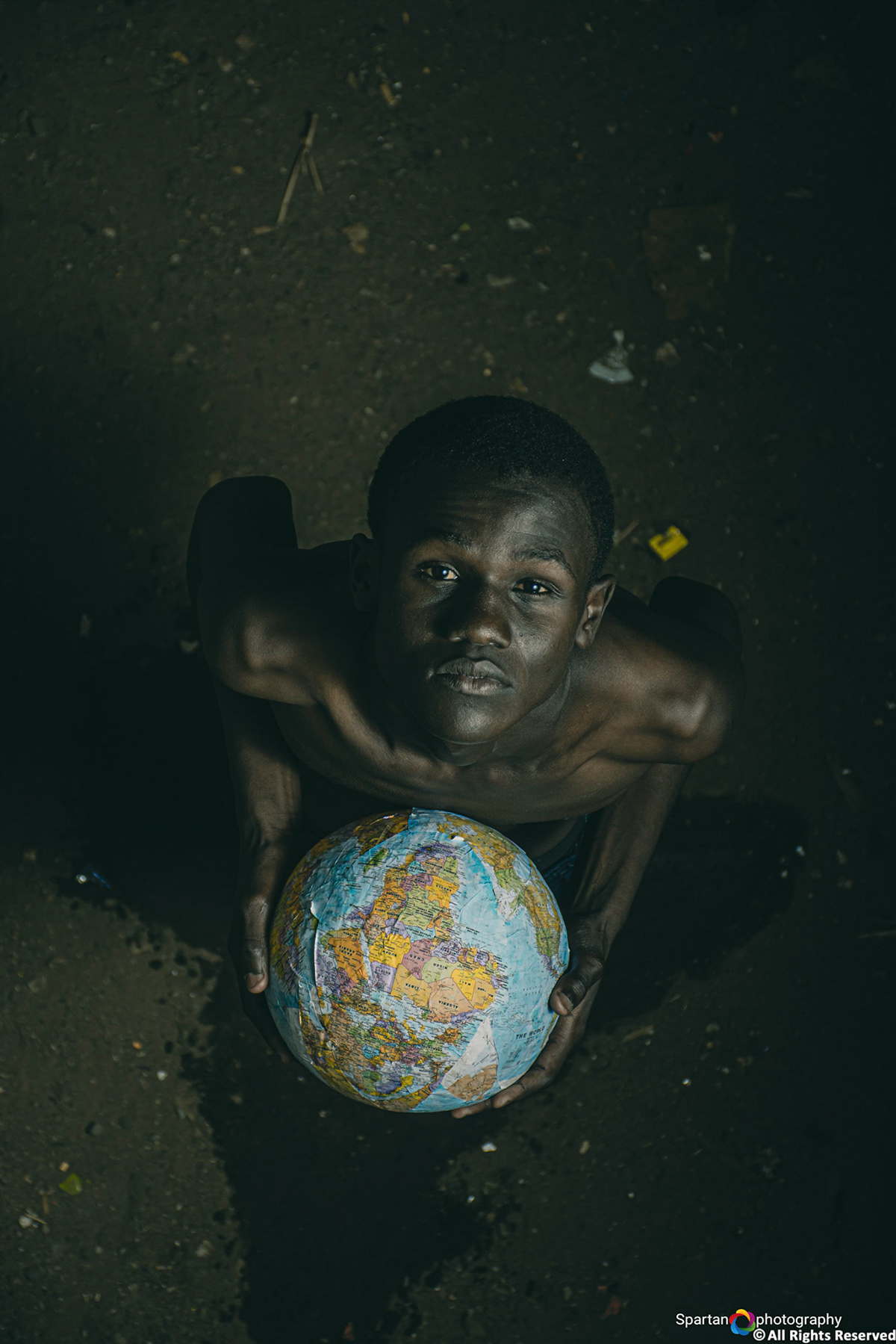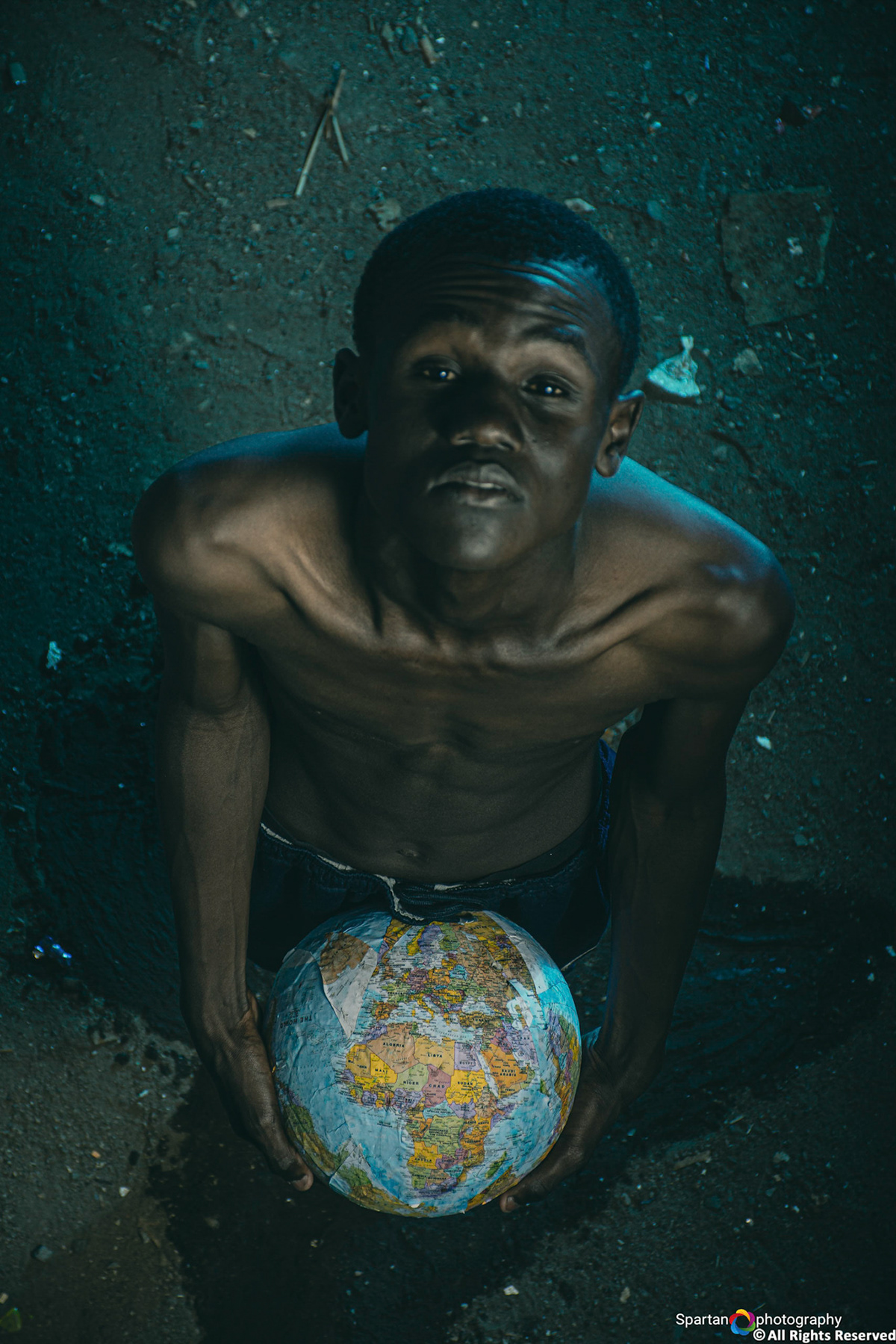


Recycling. It’s a practice that became mainstream during the 1970s. Focus centered on the three R’s of reducing, reusing, and recycling to increase sustainability. The hope was to decrease waste, conserve natural resources, and save money



Anticipating Behavior
An important element in people photography is knowing your subjects well enough to be able to anticipate what they are going to do. It's the only way you are going to be able to get pictures of it. If you wait until you see it, it's too late. The key is to watch people carefully. Always have your camera ready. If you're going to be shooting in one situation, set the aperture and shutter speed in advance so you don't have to fiddle with them while you're shooting. Watch people through the viewfinder. If you're paying attention, you'll sense what's about to happen.
Predicting Relationships Within the Frame
A great deal of people photography is understanding human nature and being aware of how people usually react in given situations. If someone is sitting in a café he will usually look up when the waiter approaches. People will generally smile when they see a baby or open a present. Crowds rise when a batter smashes a ball that looks like it's headed for the seats. Think about the situation you are photographing and how people are likely to act in it. Then prepare yourself for the moment.






Candids With Consent
Unobtrusive candids seek to be fly-on-the-wall images that catch people going about their business seemingly unaware of the camera and the photographer. This yields images that are more toward the objective end of the objective/subjective continuum, though there is not, of course, any photograph made by a human that is completely objective. Candids with consent, made when the photographer is actively engaged with the subject and the subject is conscious of this involvement, are very different. Photographs are records of the photographer's relationship with his or her subject. In consensual candids, the relationship can be either obvious (the subject looks directly into the camera) or subtle—the relationship is implied because the image feels more intimate. We sense that the photographer was physically close to the subject and that the person was aware of being photographed.
Engaging Your Subject
The first order of business is to engage your subject. This is where we all have to learn to overcome our shyness and approach people in an open and friendly manner. Be up front about who you are and what you're doing. Don't just barge into a scene with your cameras blazing. In fact, it is usually best to leave your camera in its bag when you first approach people, so as not to frighten them. Take time to engage the person in conversation, just as you would if you didn't have a camera. Remember the Golden Rule. Think about how you'd feel if someone approached you and wanted to make a photograph. How they did it would determine how you would respond.








